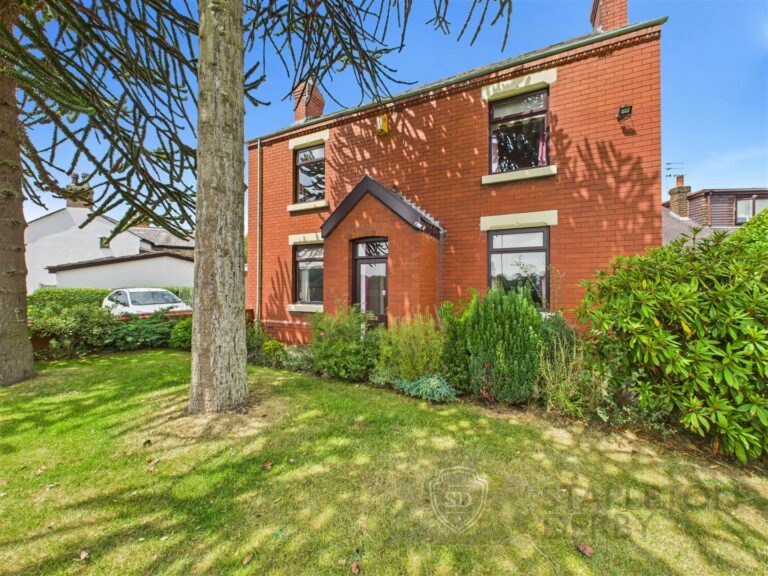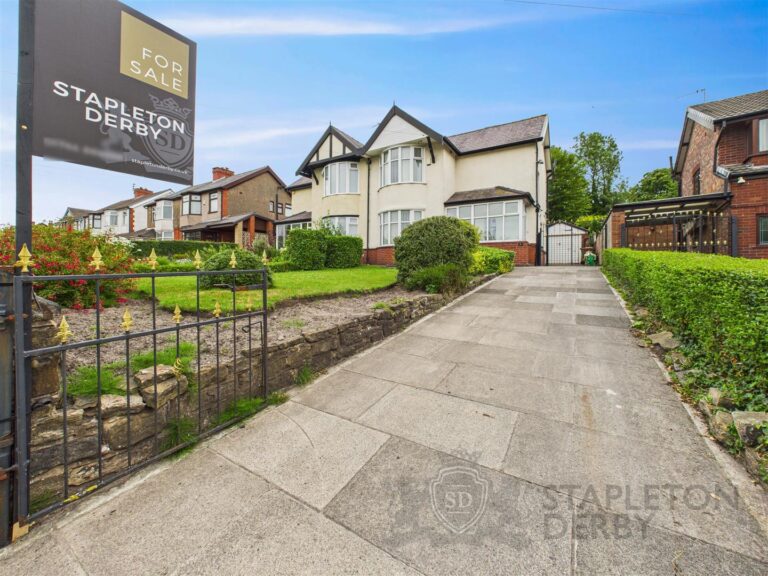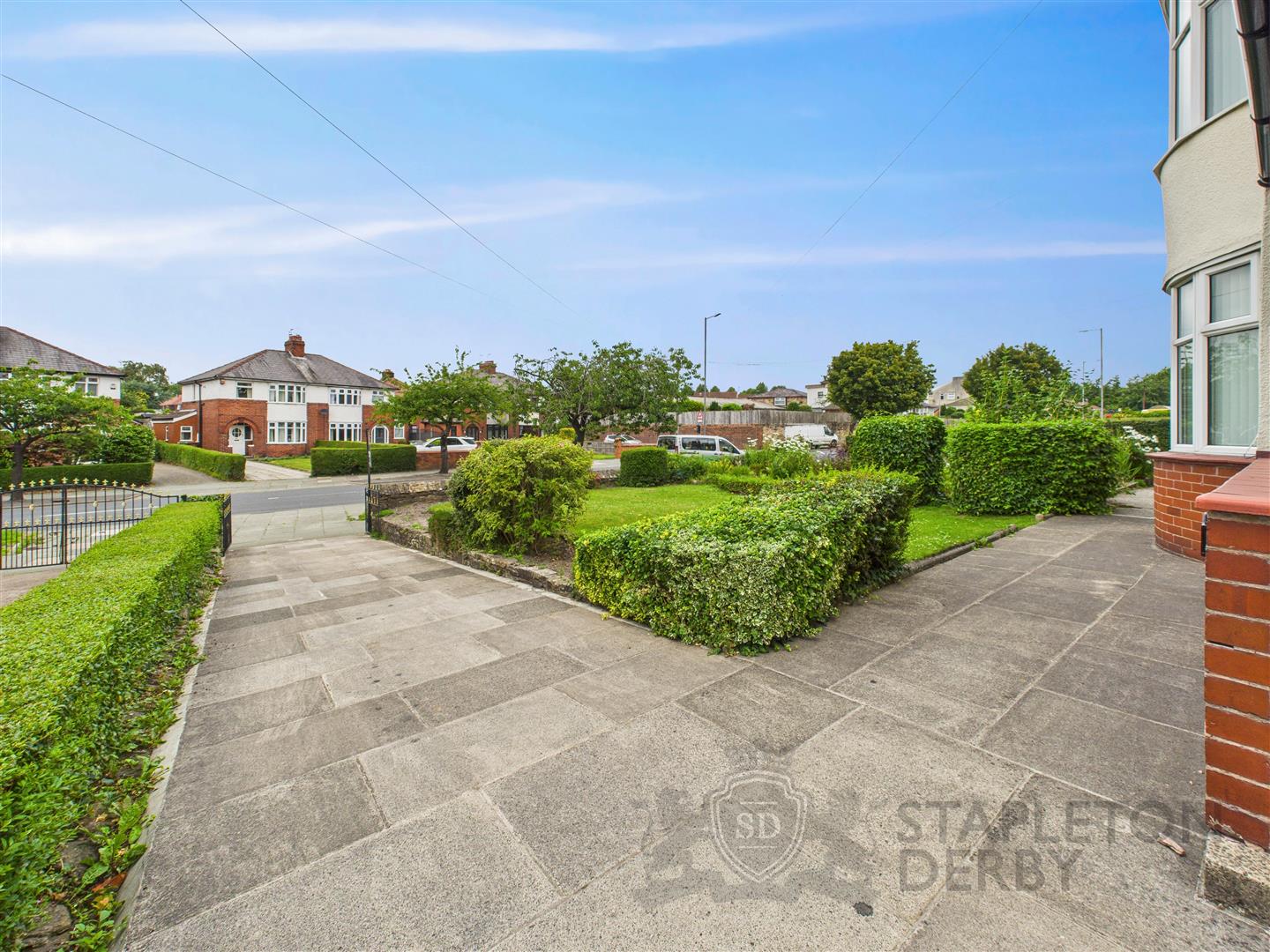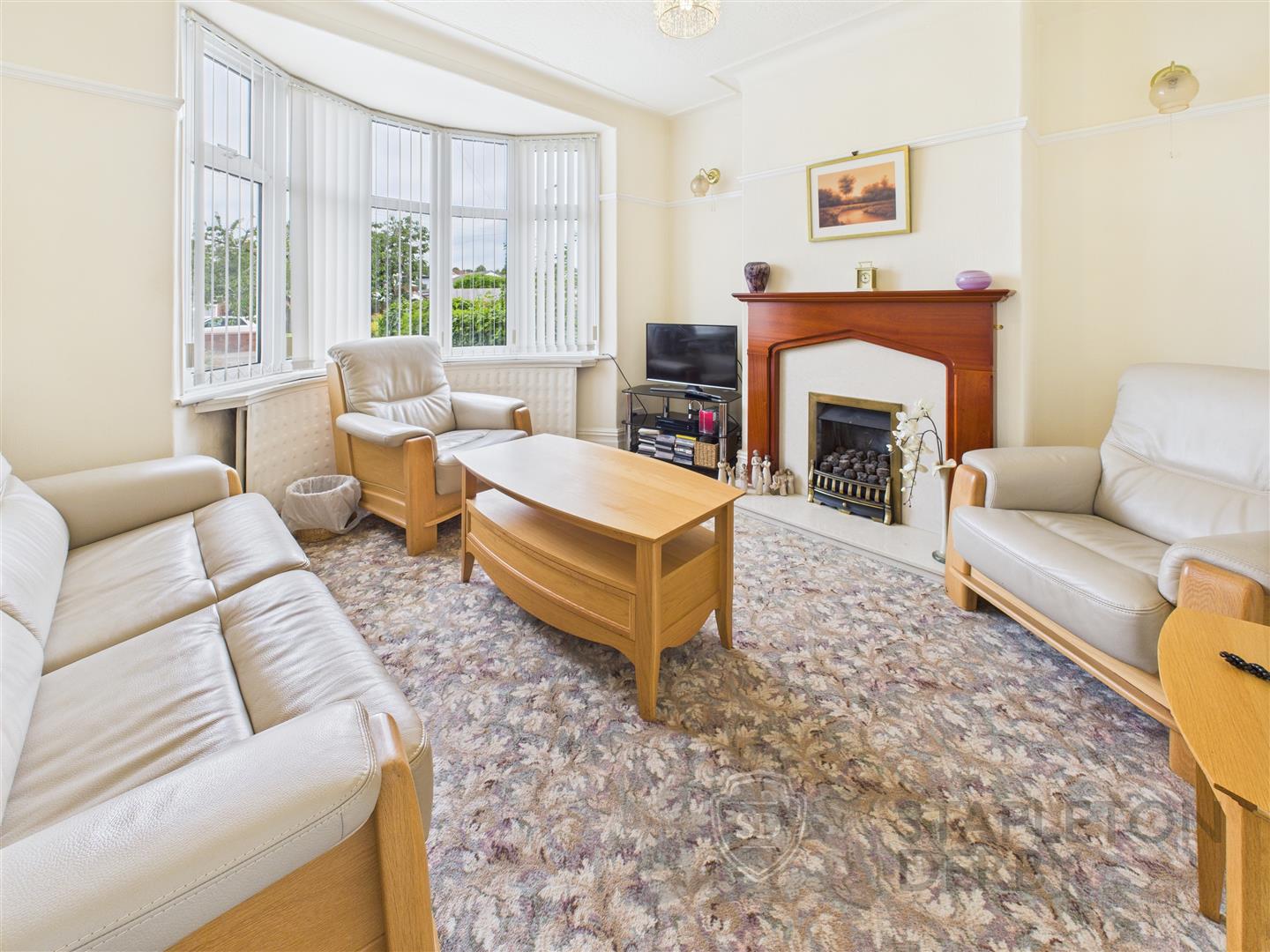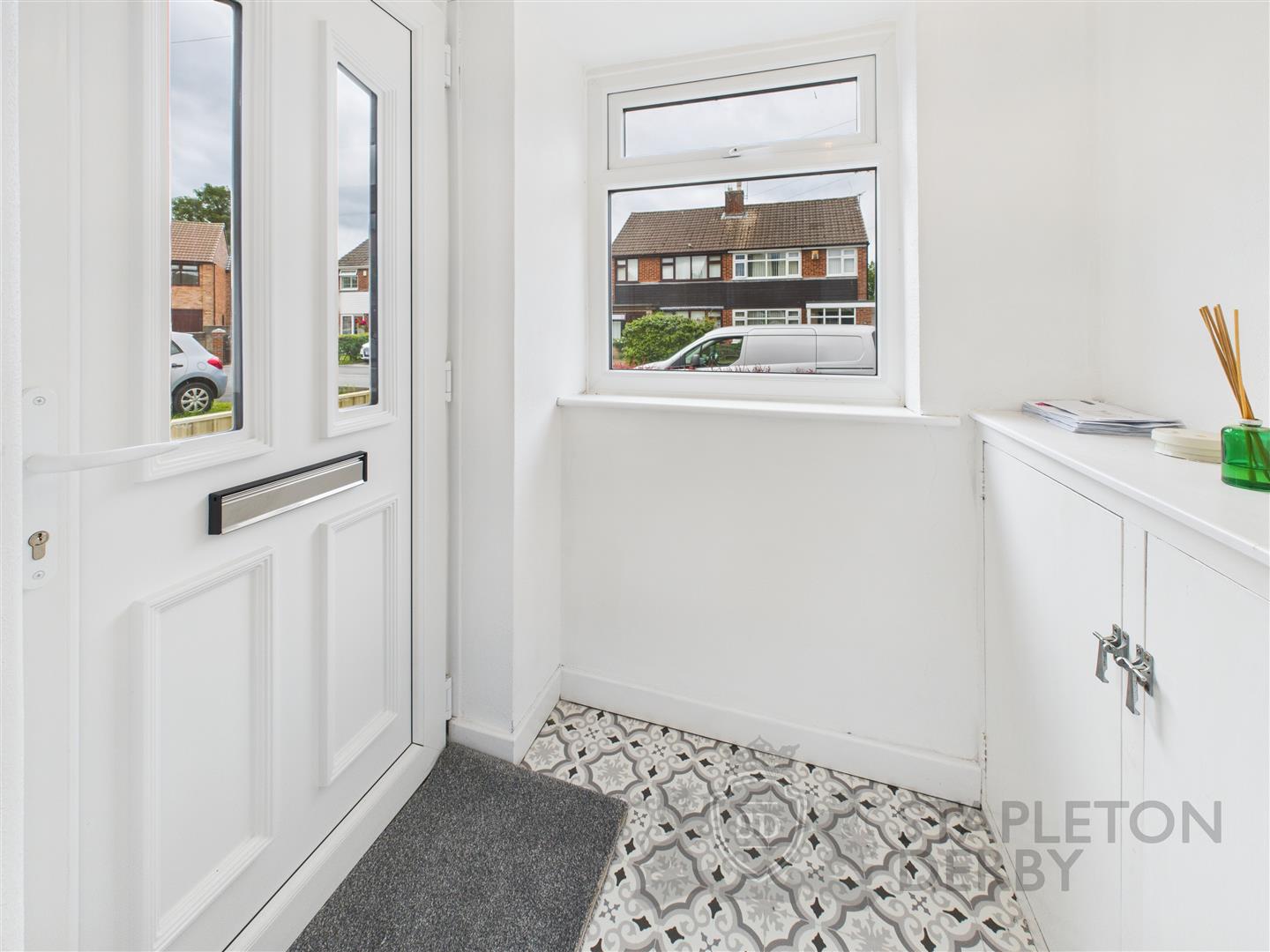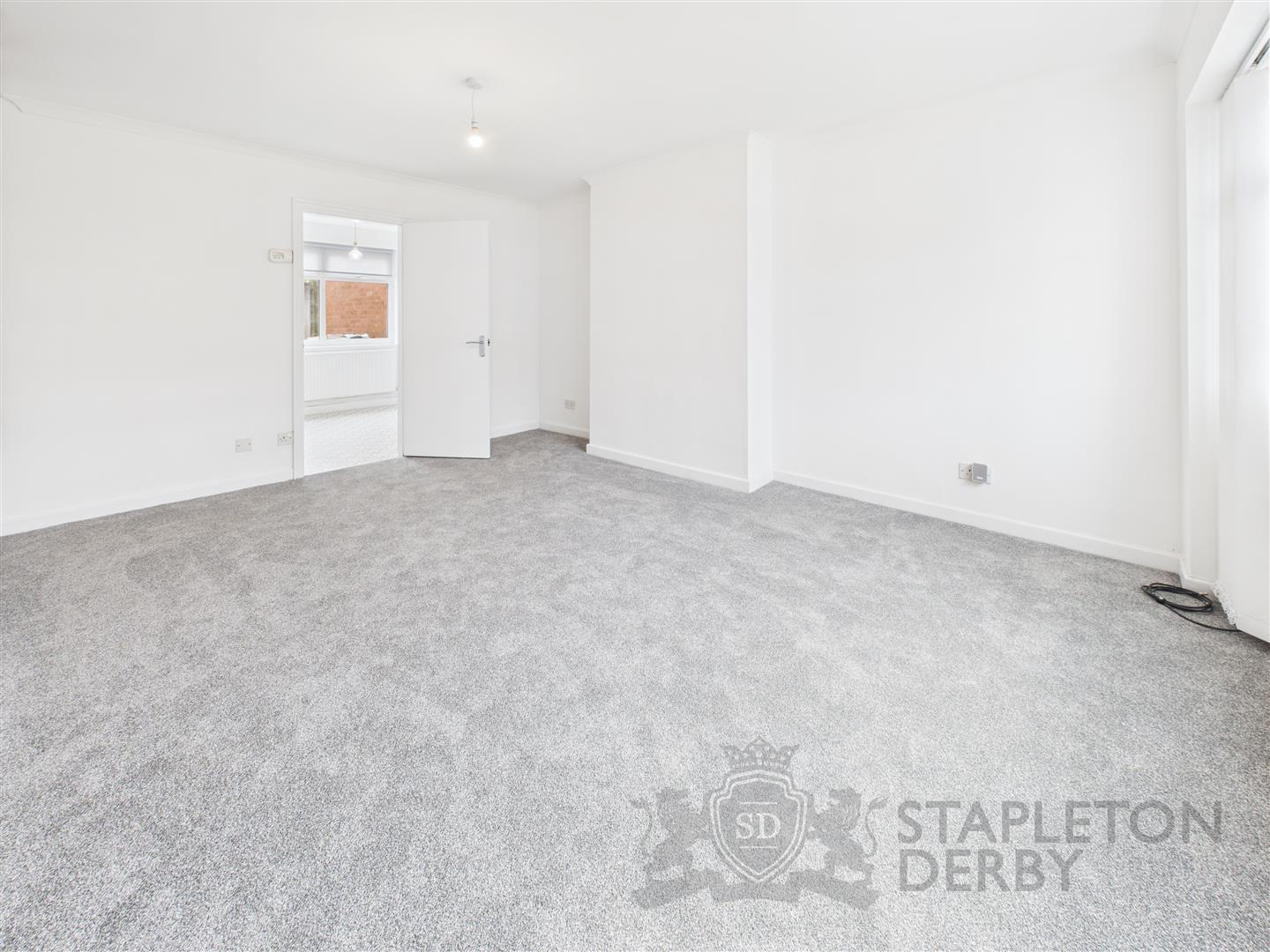2016 has been a turbulent year for property investors. Those in St Helens and much of the North have reeled from the shock of new legislation that is tailored to tackle property market problems in the South but having far reaching impact for the rest of the country. With so many changes, Landlords in St Helens like you could be forgiven for feeling confused and a little bit miffed.
The aim of this article is to help you to better understand four of 2016’s biggest changes to UK property and what they could mean for you.
Mortgage Interest Relief (MIR)
It used to be that, just like any business, landlords were taxed based on the profit (income minus costs) of their properties. Those costs included mortgage repayments and the interest lenders applied.
Over the next 4 years (until April 2020) the Government will gradually reduce the amount of mortgage interest that you can class as a cost. Fewer allowable cost deductions from income means that all properties become more profitable on paper (hurray!) but also means that more tax can be paid by the landlord. In some cases this means that lower rate tax payers could be dragged in to the higher-rate tax bracket, squeezing their income margins (1). Investment Properties belonging to higher rate tax payers with mortgages above 75% LTV could even end up costing more each year than they produce in rent (2). Contact your accountant to understand how the Mortgage Interest Relief changes will affect you.
Mortgage Lending Criteria
In September 2016, the Bank of England instructed all mortgage lenders in the UK to tighten their mortgage lending criteria before the 1st January 2017. Mortgage lenders would now require landlords to prove their rental income could achieve a minimum of 125% of the costs associated with mortgage, maintenance and management of their properties. This would also include stress testing by the lenders at a higher-than-normal mortgage interest rate of 5.5%. When considering the changes to Mortgage Interest Relief, it is likely that lenders will insist on rental incomes to exceed 145% of costs (2).
Landlords with properties currently achieving very little rental income due to voids, non-payments or low rents could be in for a bumpy ride.
Stamp Duty
The April 2016 Stamp Duty Land Tax (SDLT) change saw completions rocket by 71% between February and March 2016 according to the Office of National Statistics (3). Anyone making a property purchase whilst they own another property in the UK will be subject to an additional 3% stamp duty charge. This means that, even if purchasing a low value investment property that would usually fall in the 0% bracket, a 3% surcharge is still due if you also own another property.
Letting Agent Fees
Most recently, changes have been made to the fees letting agents can charge tenants. In some areas of the UK such as London, letting agents have been known to charge upwards of £2000 upfront (4) for the marketing and administration associated with tenanting a property. In areas such as St Helens, charge much smaller, reasonable upfront letting fees that are usually in the region of £400-£500.
Letting Agents rely on upfront Letting Fees as a substantial stream of income. The Chancellor suggested fees should instead be passed to landlords. Many agents, including Stapleton Derby recognise that this could be crippling for some landlords when combined with changes to Mortgage Interest Relief, Lending Criteria and Stamp. It is as yet unclear as to how Letting Agents will deal with this loss in revenue but critics of the Chancellor’s decision have stated that this change will inevitably lead to increased rents for tenants, begging the question, “What good did this change really do?”.
The impact of all these changes could mean that some landlords may find their margins restricted. Those feeling the pinch most could be those whose investment model is unbalanced and biased towards low yield Single Family Let properties with large Buy To Let mortgages of 75%+. Even for those Landlords though, it isn’t all doom and gloom. As with many economic and legislative changes: one hand gives and the other receives.
There are huge incentives and societal changes that mean savvy property investors could find it easier and cheaper than ever before to make different types of property investment.
House Building
St Helens and much of the UK is experiencing an up-tick in construction as a result of new greenbelt licensing and government-backed development finance from the Home and Communities Agency. This means that cash investors have increased opportunity to buddy up with local family building firms to develop new housing schemes in St Helens.
Houses of Multiple Occupancy (HMO)
St Helens has a growing HMO market that is supported by a (reportedly) proactive and helpful HMO licensing department within the council. Landlords develop a property, in line with regulations, to be suitable for multiple individuals that each pay rent for their own room and use of the common space. The monthly or, often, weekly fee paid by tenants is usually an all-inclusive license, combining rent, utilities, council tax, TV license, broadband and maintenance charges. HMOs are considered by some investors to be higher-yielding than Single Family Properties within tenants payment circa £65-£95 per week per room. Where a 3 bedroomed house in St Helens may fetch between £395 and £595 per month to a family, the same house rented out to 3 or 4 HMO tenants (in line with licensing and moral standards) could achieve total income of £195 to £380 per week.
Serviced Accommodation
Serviced Accommodation is a type of property investment popularised by over-priced, over-crowded London where short and medium-term visitors struggle to find decent places to stay at a fair price. Hotels were often fully booked or charging astronomical fees which gave rise to the likes of Wimdu and Airbnb. Those with their own properties in prime locations (and a mortgage that allowed it) began renting their spare rooms to visitors on a temporary living basis, charging £50-£100 per night for a room that would otherwise stay empty. The old “digs” accommodation of yesteryear, frequented by construction crews and regular-visiting salesmen has now evolved in to a national phenomenon. Large construction schemes such as those in Runcorn, Warrington, Manchester, Liverpool and St Helens have brought thousands of contract workers to the area that all need affordable rooms to rent temporarily.
Conclusion
Wherever there is change there is opportunity. Recent changes have left many property investors considering their futures as landlords however, as with any business; it is those that can adapt to quickly that will continue to thrive in spite of negative market forces.
If you would like to discuss how you might future-proof your property portfolio and position yourself to continue to succeed for years to come, call Stapleton Managing Director (and property investor) Mike Denning to talk about your portfolio on: 01744 883 322 Click to Call.
Sources:
- http://www.propertygeek.net/budget-2015-mortgage-interest-relief-changes-explained/
- http://www.telegraph.co.uk/personal-banking/mortgages/lenders-must-tighten-rules-for-buy-to-let-by-january-1-says-bank/
- https://www.ons.gov.uk/peoplepopulationandcommunity/housing/articles/theeffectofstampdutychangesonhousingmarketactivity/september2016
- http://www.bbc.co.uk/news/business-38065249


